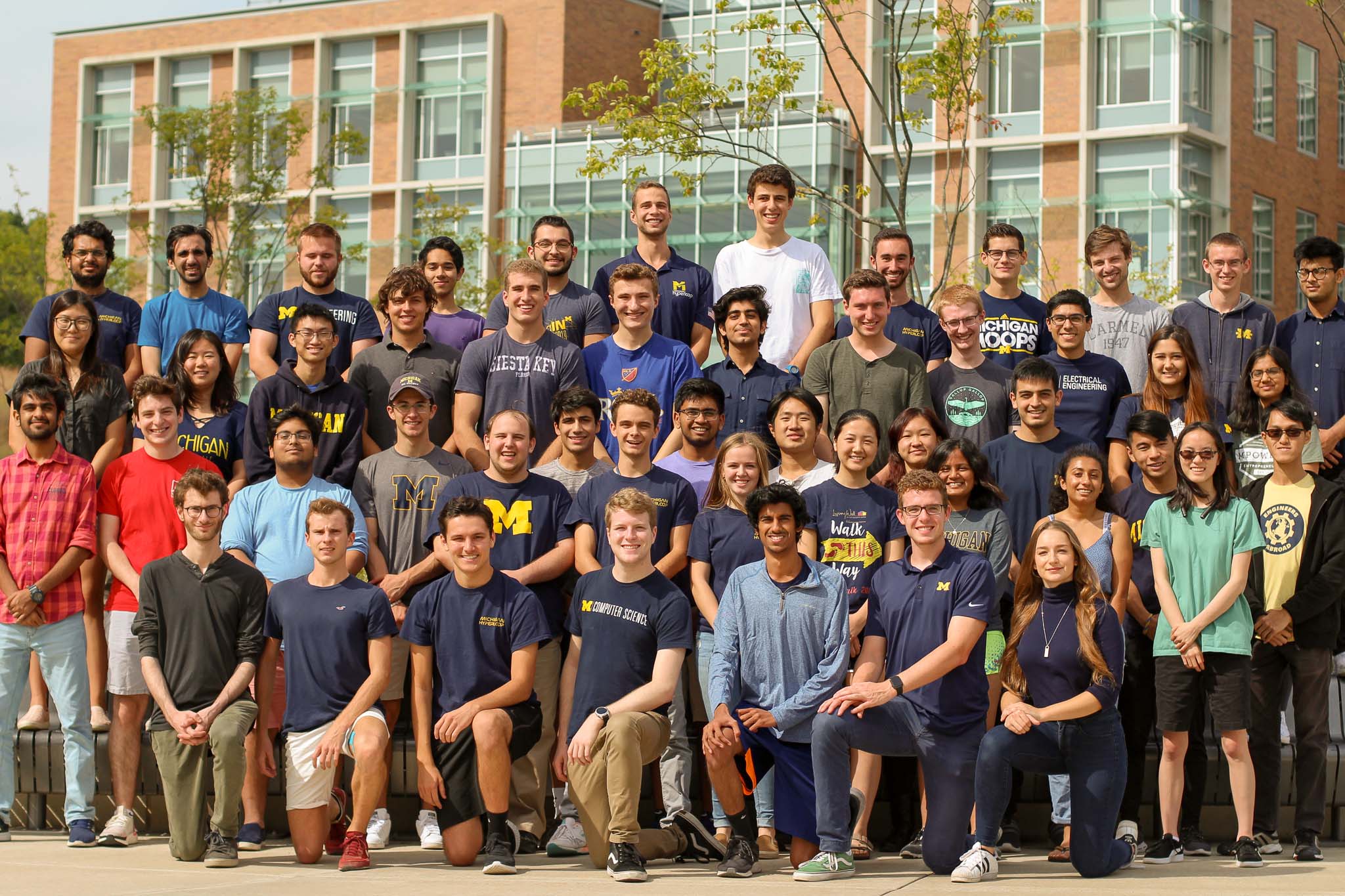
Back
Michigan Hyperloop
was an engineering design team at the University of Michigan. We designed, manufactured, and tested vehicles to compete in SpaceX's annual Hyperloop Pod Competition.
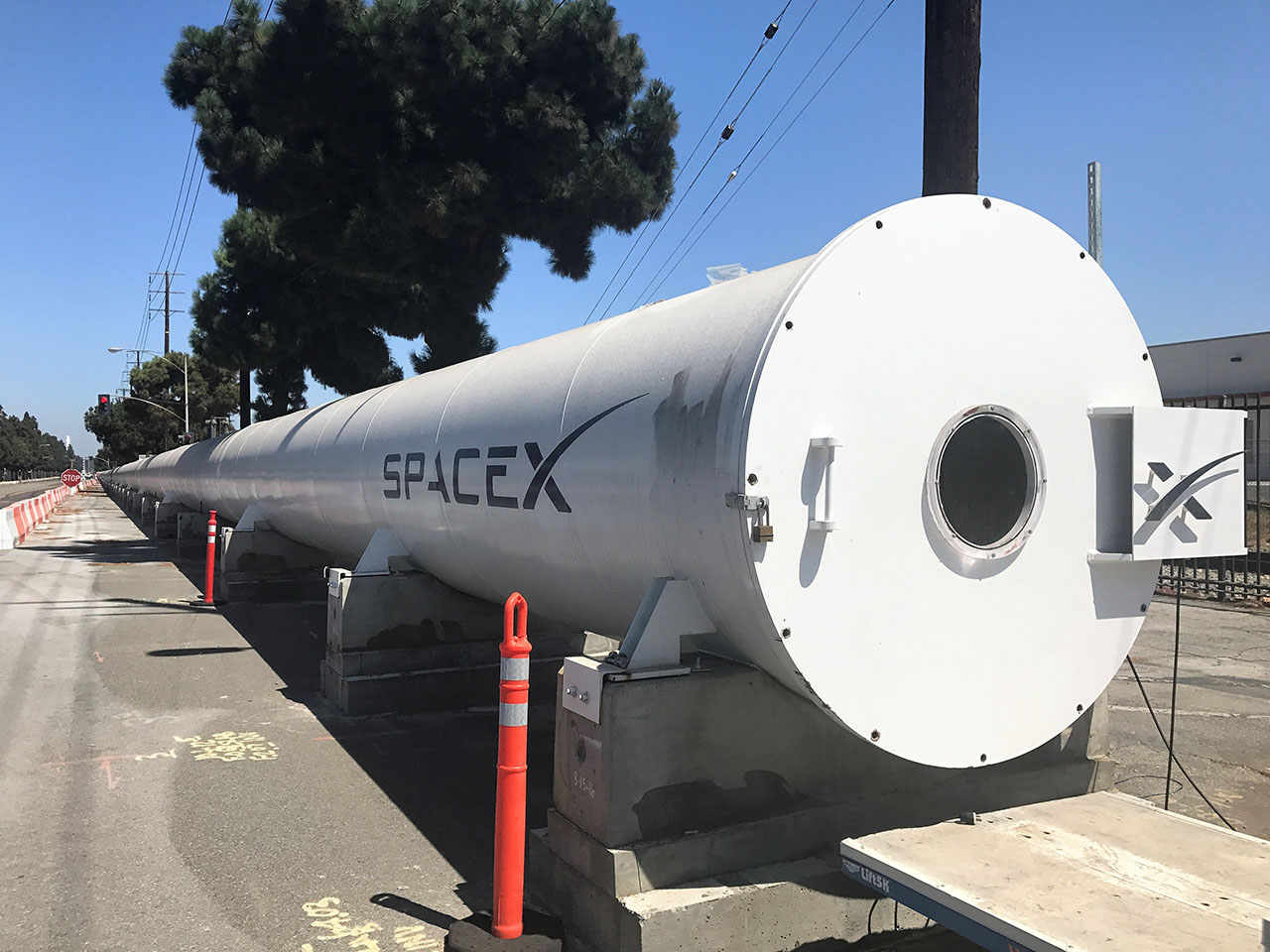
The Hyperloop concept was first introduced in 2013: have a train levitate in a vacuum tube, removing wheel friction and air friction. SpaceX built a mile-long vacuum tube and established a competition for university teams to develop Hyperloop pods with a single criterium: the highest speed wins.
I worked as a Controls Engineer and Controls Subteam Lead on Michigan's team for 2 1/2 years. I managed up to a dozen engineers at a time to develop the computer system and sensor array necessary for our Pod to autonomously accelerate to a design speed ranging between 150 and 300 mph.
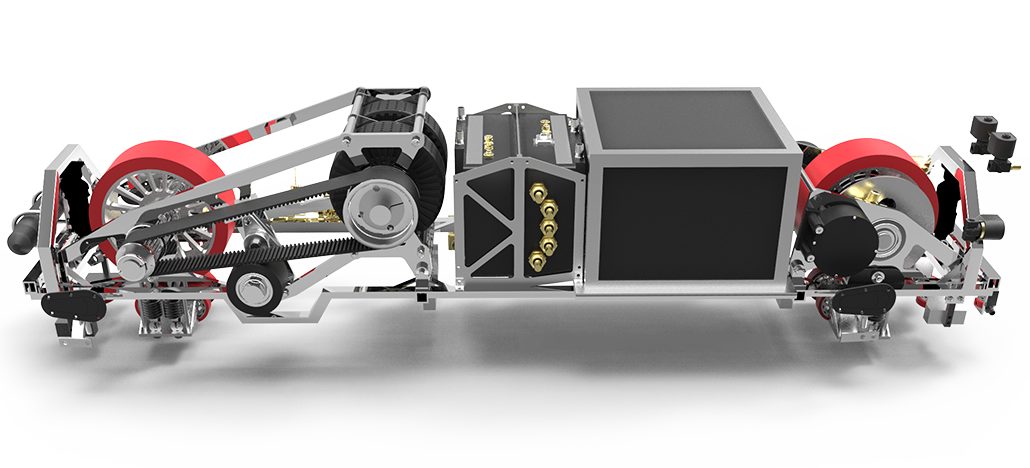
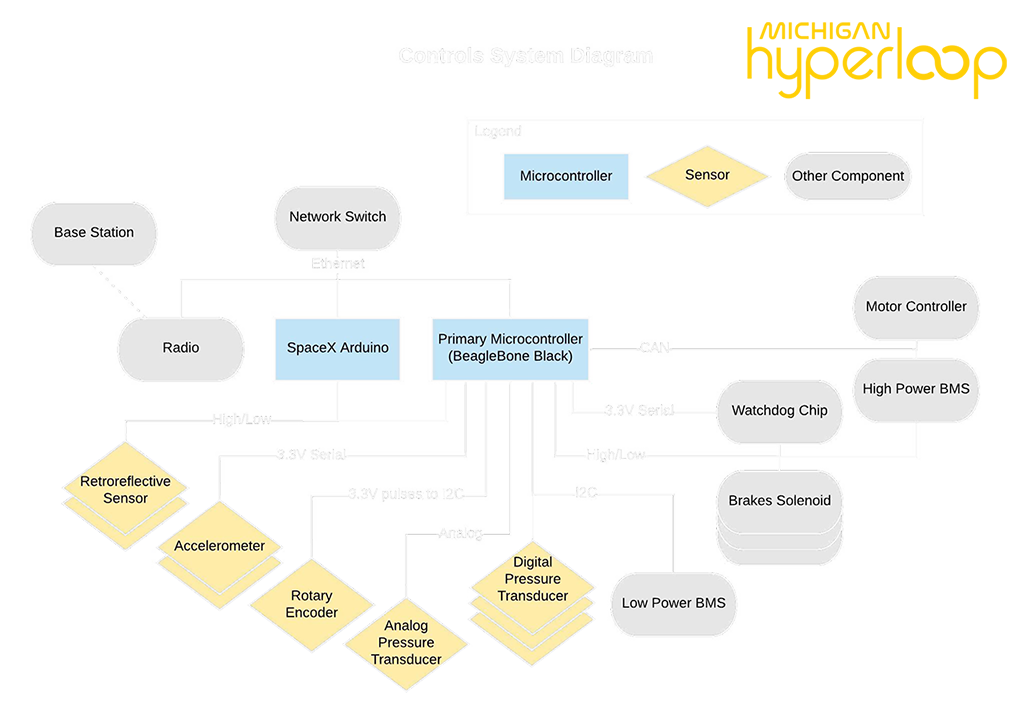
In my time on the team, I taught myself everything I needed to know about embedded systems. I was in charge of software and state diagram design, sensor integration, and interfacing with other Pod subsystems, as well as mentoring newer students and managing requirements, timelines, and budgets.
The controls system included components ranging from microcontrollers and radios to photoelectric sensors, accelerometers, and rotary encoders. Software included state and error management, sensor communication, networking, heartbeats, and GUIs. All hardware and software was fail-safe per competition requirements, and I designed modular software to make development by our growing subteam easier.
